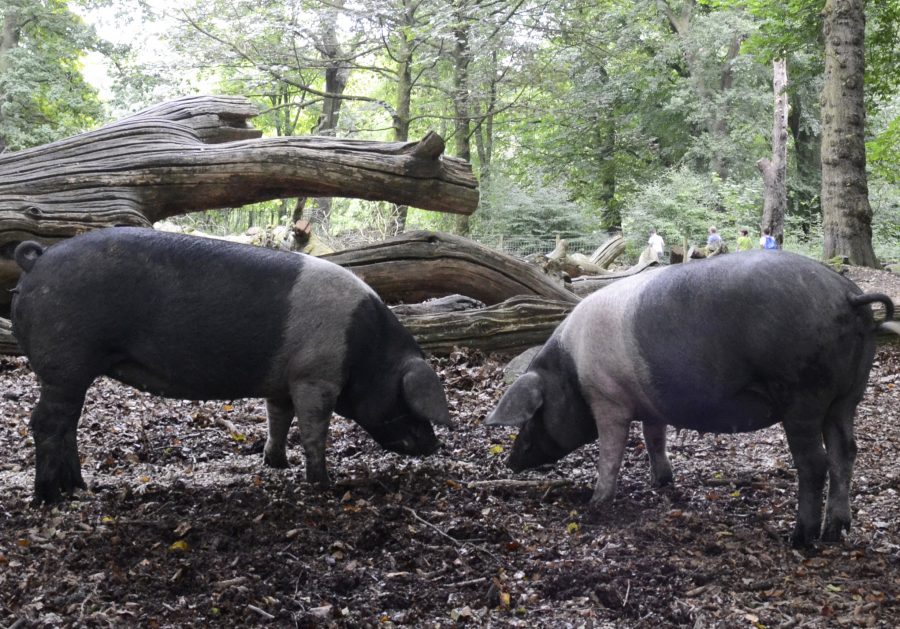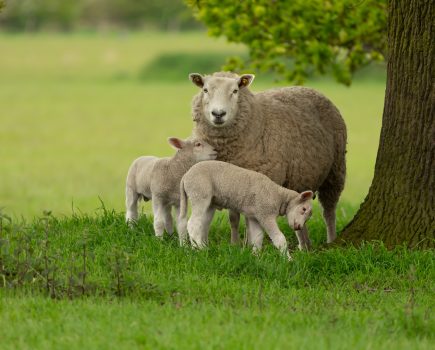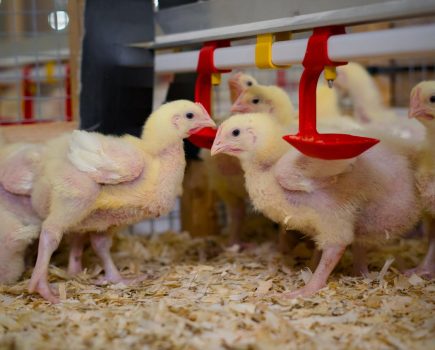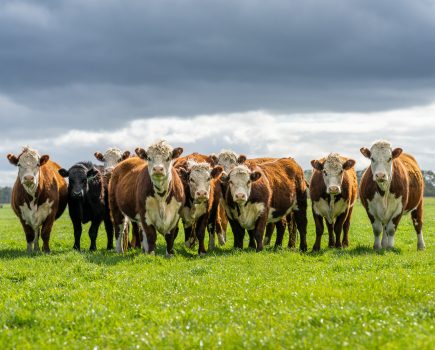The future of the UK’s iconic native pig breeds is becoming increasingly insecure in the wake of the wider pig industry crisis, warns the Rare Breeds Survival Trust (RBST) as it publishes its new RBST Watchlist.
This year marks 50 years of the charity’s work to save and safeguard the future of rare and native livestock and equine breeds, since RBST was formed in 1973. The RBST Watchlist is the annual situation report for these breeds, reflecting robust measures of the genetic diversity within each breed as well as the numbers of breeding females registered. See the full list at www.rbst.org.uk.
The British Landrace pig breed, which was already in the RBST Watchlist’s most urgent Priority category, has seen a dramatic decline with just 23 dams producing pedigree progeny in 2022, down from 43 in 2021. This compares with 495 dams registered in 2006. These very low numbers are in stark contrast to the 1970s, 80s and 90s when the British Landrace breed expanded rapidly to become one of the UK’s most popular breeds of commercial pig. Excellent for bacon production, the British Landrace is the UK cousin of the European Landrace pigs which have long been very influential in the pork industry across the globe.
Other native pig breeds which are cause for concern include:
- The British Saddleback pig, which is seeing a continued trend of falling numbers of registered animals.
- The Gloucestershire Old Spot pig, which now has the lowest number of breeders registering progeny since 2000.
- The Oxford Sandy & Black pig, which has seen the number of dams producing pedigree progeny fall 32% since 2020, and
- The number of Middle White dams producing registered progeny, has fallen to its second lowest number since 2001.
RBST Chief Executive Christopher Price says: “Many of our native breeds of livestock are seeing renewed interest from farmers and smallholders as great breeds for modern times, they have been bred for UK landscapes and conditions so the right breed in the right place can mean lower costs for premium produce through environmentally sustainable, high welfare farming systems. There is a lot to be positive about as we mark RBST’s 50th year and look to the decades ahead.
“However the crisis in the pig industry over the past two years is driving a very worrying and worsening situation for several of our rare native breeds. Fewer people are keeping these breeds now, and the number of new piglet births is falling too. Each of these breeds has unique characteristics, they are part of the UK’s heritage but they also have an important role in food production today and the resilience of our pig industry into the future. We are asking Government to consider the urgent plight of native breeds as it reviews the pork supply chain, and every single person who chooses native breed produce in a restaurant or at a butchers will be making a real contribution to saving these irreplaceable rare breeds, by supporting the farmers and smallholders working hard to keep and grow their rare breed herds.
“The British Landrace is in a particularly worrying situation. It is a fantastic breed for really high quality bacon and pork production, very easy to manage and excellent for improving other breeds of pig. But it is not as well known as some of our other native pig breeds. We are working with the British Pig Association and the small but dedicated community of British Landrace keepers to make sure the breed’s excellent attributes aren’t overlooked, as well as ramping up support for conservation and breeding programmes.”
Nigel Overend of Deerpark Pedigree Pigs in Northern Ireland keeps the Deerpark herd of British Landrace pigs which was started by his late father Robert Overend MBE in 1958. Nigel says: “The British Landrace is a special breed for my family, the Deerpark herd is our pride and joy. It’s a really economical, commercially viable native breed with a lot to offer modern farming and food production. Our herd’s genetics have improved bacon pigs all over the world, from Canada and Australia to Africa and the Falkland Islands, and ensuring the future of those unique pedigree British Landrace genetics is important for supporting food production as well as for the value of the breed in itself.”
The RBST Watchlist highlights a number of other breeds across the UK’s native livestock and equine breeds which are in growing need of support:
- Llanwenog sheep: this black-faced, black-legged sheep breed, which hails from the sheep bred around Llanwenog in the Teifi valley, has seen a significant drop in registered births for the 2nd consecutive year. The breed is considered At Risk.
- Castlemilk Moorit sheep: this primitive breed, which originates from the Castlemilk Estate in Dumfriesshire, has been recovering from its low point in the 1970s when just two rams and a handful of ewes remained. However registered births in 2022 were significantly lower than the previous years. The breed is considered At Risk.
- Gloucester cattle: this historic breed has seen another drop in the number of breeders and the number of registered births. RBST and the Gloucester Cattle Society have begun a programme of work aiming to revive the breed’s fortunes. The breed is in the Watchlist’s Priority category.
- Eriskay ponies: with only three registered foals in 2022 this strong, hardy breed originating from the Scottish Western Isles remains in a critical situation. The breed is in the Watchlist’s Priority category.
- Suffolk Horse: the oldest of the UK’s native Heavy Horse breeds is seeing fewer males siring foals, which is concerning for population numbers and genetic diversity. The breed is in the Watchlist’s Priority category.
- Rare poultry breeds: high costs and avian flu restrictions are resulting in a reduction in breeding programmes and some breeders are ceasing their programmes completely.
There is better news for a number of the UK’s other rare livestock and equine breeds, which are seeing positive trends of population growth or stability after periods of decline:
- Dartmoor pony: the iconic south-west breed has improved from the Watchlist’s Priority category to the At Risk category, one of the reasons for this is an increase in the Dartmoor pony population’s genetic diversity.
- New Forest pony: another strong year for registrations shows welcome stability in the breed, which remains in the At Risk category but is in a very encouraging position for moving off the Watchlist in the coming years if this trend continues.
- Large White pig: an improvement in new birth registrations may indicate a stabilisation of this Priority breed’s previous downward trend.
- The UK’s four native breeds of goats (Bagot, Golden Guernsey, English and Old English) all remain rare but are showing stability or growth in registrations.
- The data is also encouraging for the stability of the very rare Priority breed Albion cattle and Northern Dairy Shorthorn cattle, and the At Risk Greyface Dartmoor sheep and Norfolk Horn sheep breeds.
RBST Chief Executive Christopher Price says: “We are really encouraged to see a revival of interest in our native goat breeds, they are full of character and ideal for smallholders with their milk, cheese and meat all becoming increasingly sought after. There are attractive opportunities for goat keepers in soap production and conservation grazing too.
“It is also notable how well the keepers of our rare equine breeds have managed to navigate the impacts of the pandemic, when they needed to work within restrictions which put breeding opportunities at risk. For some of our rare equines the number of breeders is increasing, thanks to a strong equine market and growing appreciation of these breeds’ unique characteristics and modern uses. However we will be keeping a close watch on the impacts of the economic downturn, especially the small pony breeds.”
Visit www.rbst.org.uk to find out more about keeping rare breeds and for information about how to donate to the charity’s conservation programmes.
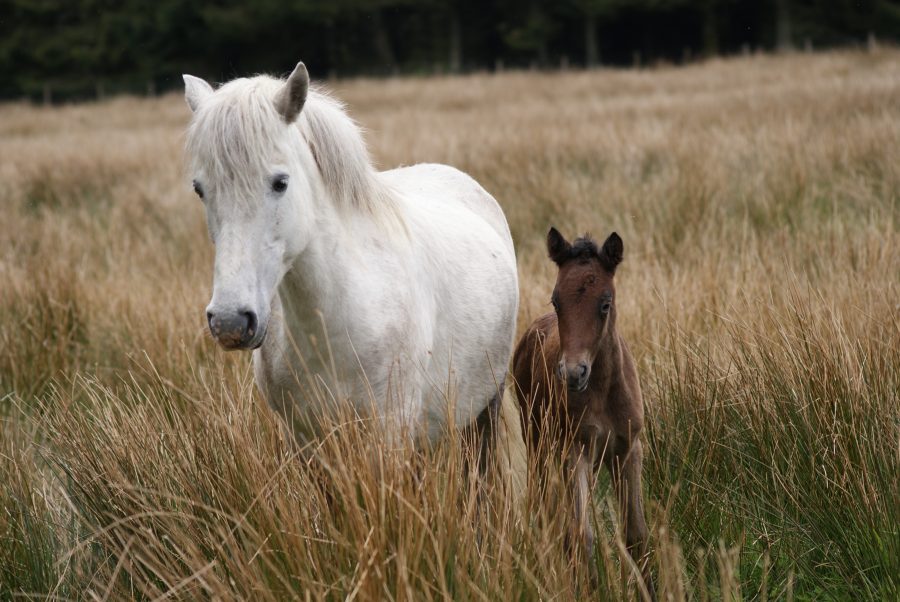
Eriskay Pony and foal ©Linda Trotman
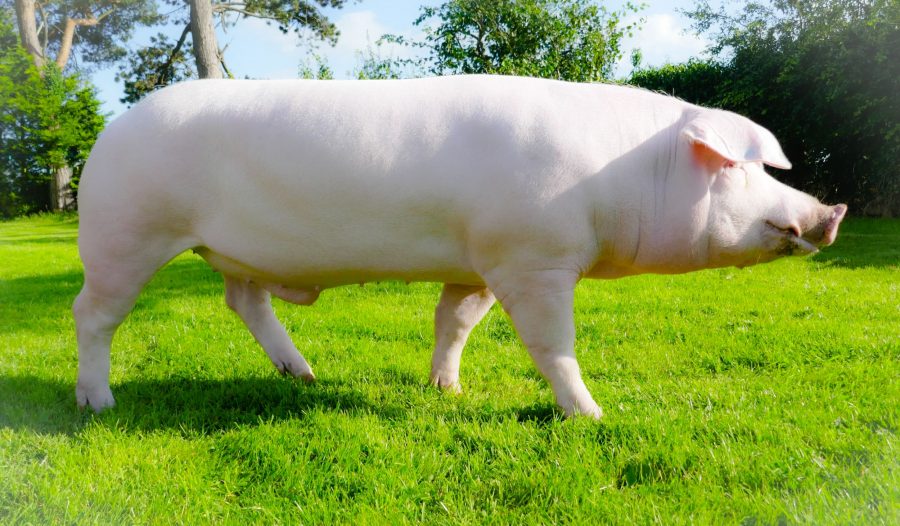
British Landrace boar ©Donagh Esmer

